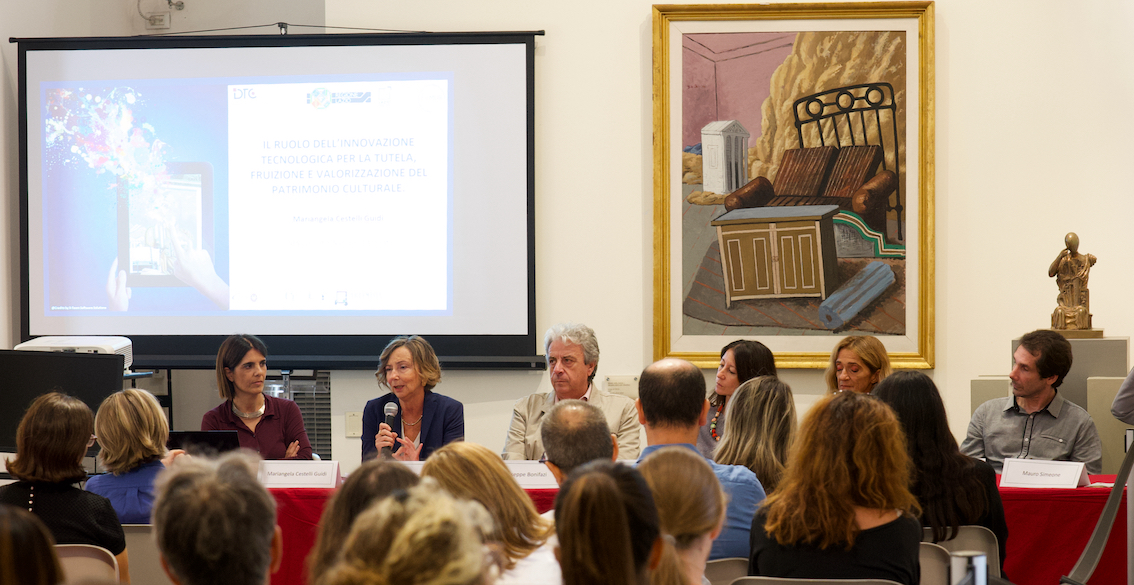
During a dedicated event that was held at the Museo Carlo Bilotti Aranciera of Villa Borghese in Rome, the final results of the ARTEMISIA (ARTificial intelligence Extended-Multispectral Imaging Scanner for In-situ Artwork analysis) research project were recently presented. These were obtained using innovative diagnostic investigations, developed using artificial intelligence algorithms, on the Giorgio de Chirico works of the permanent collection in the same museum, in particular on the painting “Furniture in a room” (1927). Funded by the Lazio Region and the Ministry of Universities and Research as part of the research and development projects of the Lazio Technological District for Cultural Heritage (DTC), the project is the product of a two-year, interdisciplinary collaboration involving INFN-CHNet (Cultural Heritage Network) for cultural heritage of the Italian Institute for Nuclear Physics (INFN). INFN collaborated with partners consisting of the Department of Chemical Engineering Materials Environment of the Sapienza University of Rome, the Istituto Centrale per il Restauro (Central Institute for Restoration - ICR), XTeam Software Solutions s.r.l., Vianet s.r.l. and, as stakeholder, the Capitoline Superintendence. The innovation of this project lies integrating two non-invasive, diagnostic examination techniques: hyperspectral imaging and the FT-IR macro-scanner, and the development of artificial intelligence algorithms dedicated both to automatically recognising painting materials and monitoring the conservation state of the work being examined. The two technologies are complementary in terms of diagnostics information: hyperspectral imaging mainly identifies inorganic materials, like pigments, while FT-IR infrared spectroscopy can identify organic materials, like binders and paints. The merging of the information obtained from the two techniques, combined with the possibility of interrogating a database using artificial intelligence, made it possible to completely characterise the materials present in the work in a short time to better guide its restoration and plan a proper conservation strategy. Bringing the tools developed in research laboratories into museums makes it possible to intersect the frontier of diagnostic investigations with the need to know and preserve the materials that make up works of art.
The ARTEMISIA project on Youtube channel of DTC Lazio






